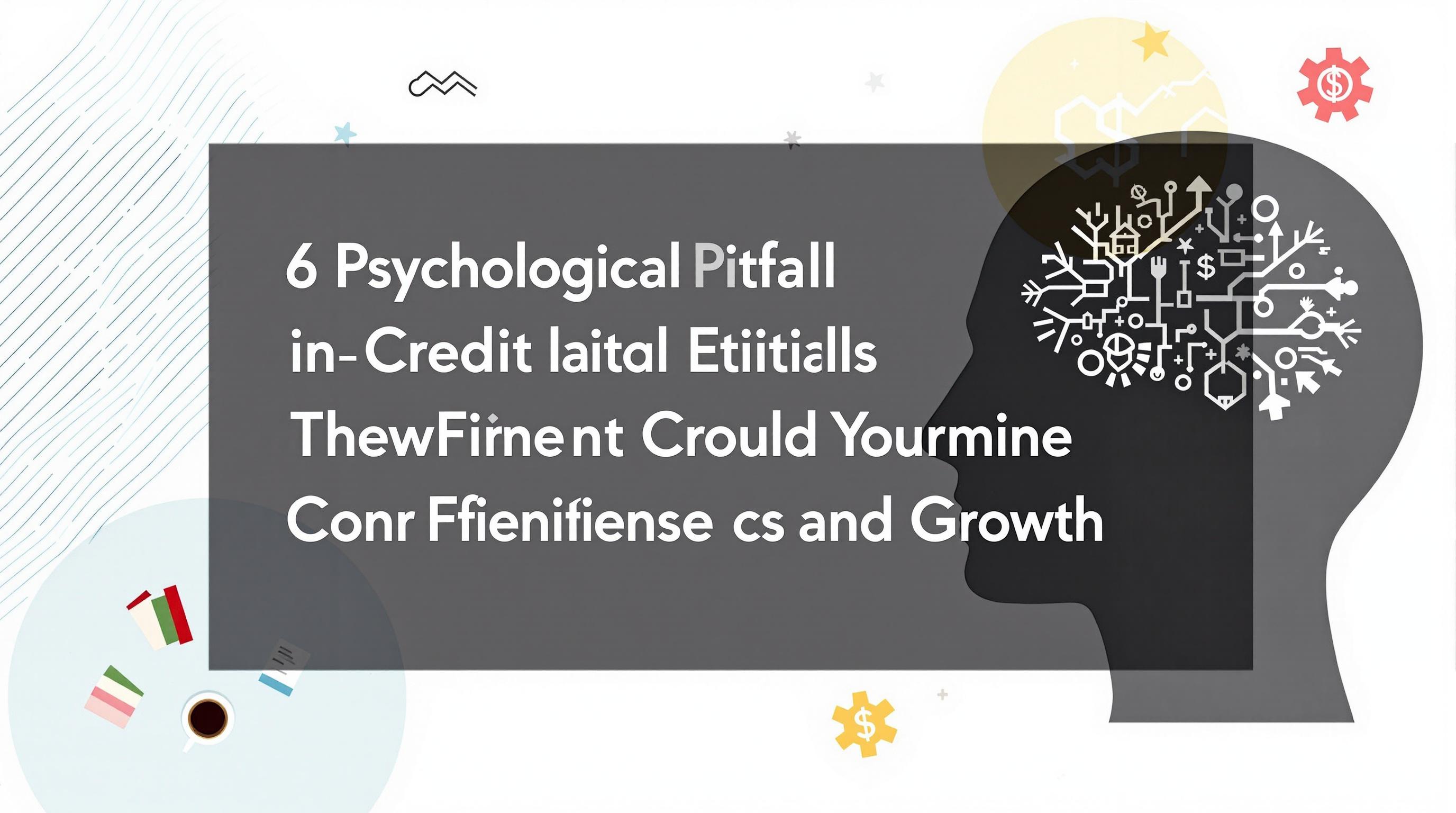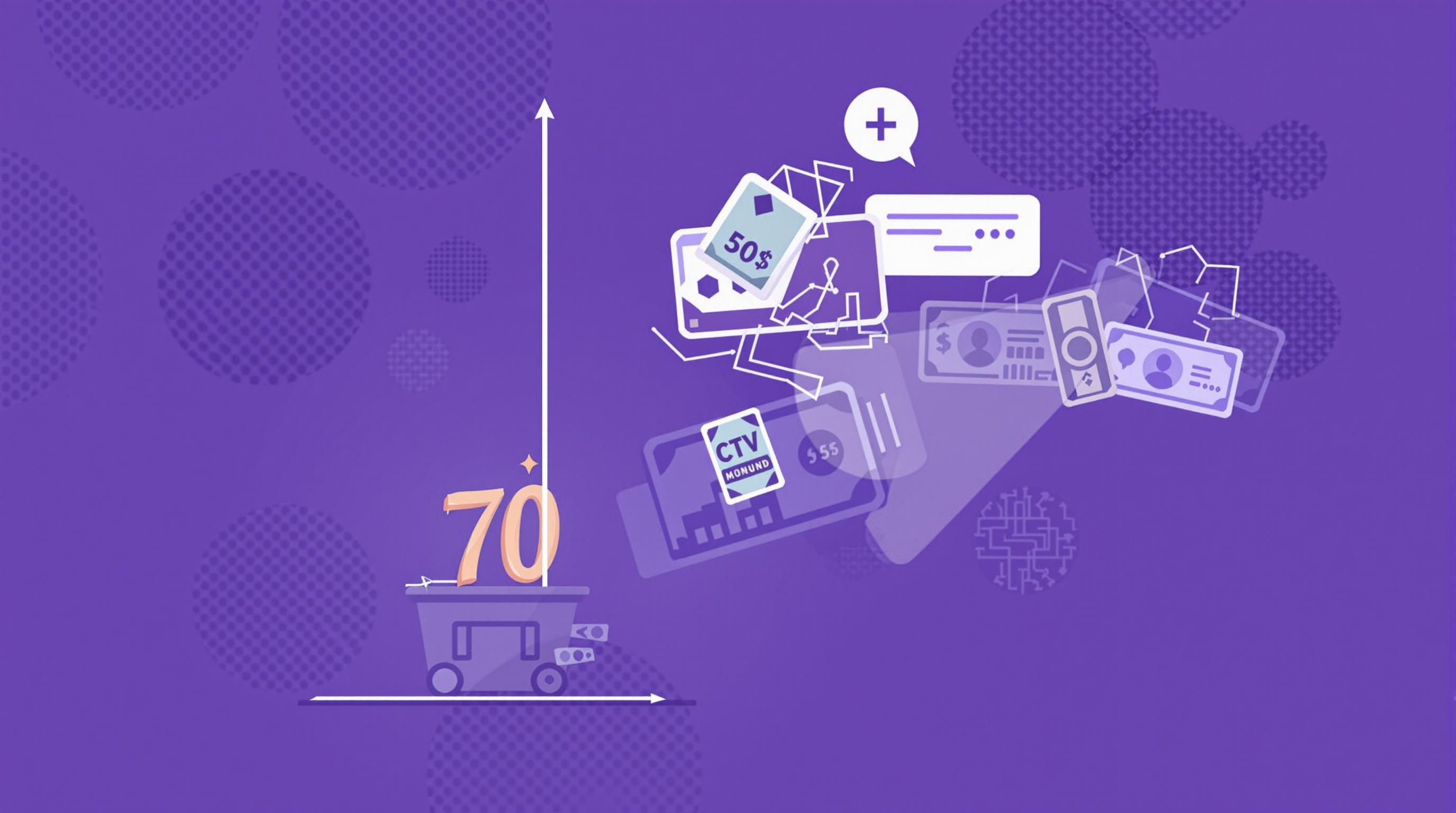Related Articles
- Top 6 Niche Credit Cards from the Past Five Years That Exploit Unseen Reward Loopholes
- Unmasking the Silent Influence of Social Media Challenges on Long-Term Financial Behavior and Credit Recovery
- How Microcredit Dynamics in Remote Communities Are Redefining Access and Trust Beyond Traditional Credit Metrics
- How Cultural Attitudes Shape Collective Borrowing Habits and Their Impact on Financial Unification Strategies
- Top 5 Under-the-Radar Digital Loan Services Launched Since 2019 That Are Disrupting Traditional Borrowing Norms
- Top 6 Cutting-Edge Financial Wellness Platforms Redefining Debt Recovery Tools Released Since 2019
How Microcredit Dynamics in Remote Communities Are Redefining Access and Trust Beyond Traditional Credit Metrics
How Microcredit Dynamics in Remote Communities Are Redefining Access and Trust Beyond Traditional Credit Metrics
Microcredit initiatives in remote communities are not only increasing financial inclusion but also reshaping trust and access beyond conventional credit scoring methods. This article explores how alternative metrics and localized dynamics are revolutionizing lending practices in underserved areas.
A Glimpse into the Heart of Remote Lending
Imagine a small village in Nepal, where the local lending group is not concerned with your bank statements—because no one has a bank account. Instead, trust is built through daily interactions and social reputation. Here, microcredit operates on the pulse of the community rather than formal financial metrics, highlighting how intimate social frameworks can redefine what it means to be creditworthy.
The Limitations of Traditional Credit Metrics
Conventional credit evaluation relies heavily on documented financial history, collateral, and income verification. Unfortunately, these approaches often exclude vast populations, particularly in rural and remote areas where formal financial records are scarce or non-existent. Studies show that over 1.7 billion adults remain unbanked globally, with the majority living in rural regions (World Bank, 2022).
Trust as Currency: The Social Collateral Factor
In many remote communities, trust functions as a critical form of currency. Groups use social collateral — norms, reputations, and mutual accountability — replacing physical collateral or credit scores. This dynamic nurtures a lending environment where default is socially penalized, and cooperation is rewarded, leading to impressive repayment rates often exceeding 95% (Yunus, M., 2007).
Case Study: The Grameen Bank Model
Founded by Nobel Laureate Muhammad Yunus, the Grameen Bank in Bangladesh pioneered microcredit by leveraging peer groups for lending decisions. This model demonstrated that women in remote areas could successfully manage loans without traditional guarantees, facilitating entrepreneurial ventures and significant community upliftment.
Data Innovation: Beyond the Numbers
Contemporary initiatives are integrating nontraditional data sources—such as mobile phone usage patterns, social media activity, and utility payments—into credit models. This “alternative data” provides richer context on borrowers’ behaviors and repayment capacity. For example, a pilot program in Kenya used mobile money transaction history to evaluate creditworthiness, achieving default rates 30% lower than conventional metrics alone (CGAP, 2023).
Conversational Insight: "A New Kind of Lending"
“I never thought my daily chats at the market would help me get a small loan,” says Amina, a market vendor in rural Tanzania. Many like her find that community lenders who observe daily interactions understand their circumstances better than banks far away. This approach builds both financial access and a sense of belonging.
Persuasive Argument: Why Redefining Credit Access Matters
Access to capital empowers individuals to break cycles of poverty, launch enterprises, and improve living standards. By disregarding traditional metrics that bias against the poor, microcredit based on community dynamics fosters inclusion and economic resilience. Governments and NGOs must thus support such adaptive models for sustainable development.
Humorous Take: When Your Creditworthiness Depends on Auntie’s Gossip
In some communities, your loan hinges less on your FICO score and more on Auntie Mary’s latest story about your entrepreneurial spirit. While that might raise eyebrows in Wall Street, in rural sectors it’s surprisingly effective! Perhaps finance should consider adding “Neighborhood Buzz” as a credit factor next.
The Role of Technology in Scaling Trust-Based Microcredit
Digital platforms are bridging gaps between lenders and remote borrowers, facilitating transparent communication and record-keeping. Blockchain and mobile apps verify identities and transaction histories, reducing the risk of fraud while preserving the community’s trust dynamics. Such tech-enabled ecosystems expand microcredit reach exponentially without sacrificing the local relational touch.
Statistical Snapshot: Microcredit Impact Metrics
According to the MIX Market (2023), 90 million micro-entrepreneurs globally benefit from microfinance loans, with women representing about 70% of borrowers. These funds have led to increased average incomes of 20-35%, affirming microcredit's transformative power when combined with the right social frameworks.
Storytelling: From Pebbles to Prosperity
Rajesh, a 45-year-old farmer in a mountainous Indian village, recounted how a tiny loan helped him buy seeds and tools. “Without the bank’s paperwork, my neighbors’ faith in me was all I had,” he said. Over time, his small plot flourished, and he began lending to others, creating a ripple of economic opportunity born from mutual trust.
Challenges and Ethical Considerations
Despite successes, microcredit in remote areas faces risks of over-indebtedness, borrower exploitation, and cultural misunderstandings. Ethical microfinance requires transparency, borrower education, and sensitivity to local customs. Balancing financial innovation with social responsibility remains paramount for long-term impact.
Casual Reflection: The Human Side of Lending
Lending is fundamentally a human act—not just numbers and contracts. When you lend money based on conversations at the village well, you witness stories, struggles, and successes firsthand. This closeness fosters empathy rarely found in traditional banking halls.
Formal Conclusion: Toward Inclusive Financial Ecosystems
Microcredit dynamics that transcend customary credit criteria are reshaping access and trust in remote locales. By integrating social capital, alternative data, and technology, these models pave the way for financial systems that are equitable, efficient, and deeply human. Stakeholders should champion such innovations to unlock the latent potential of underserved communities worldwide.




